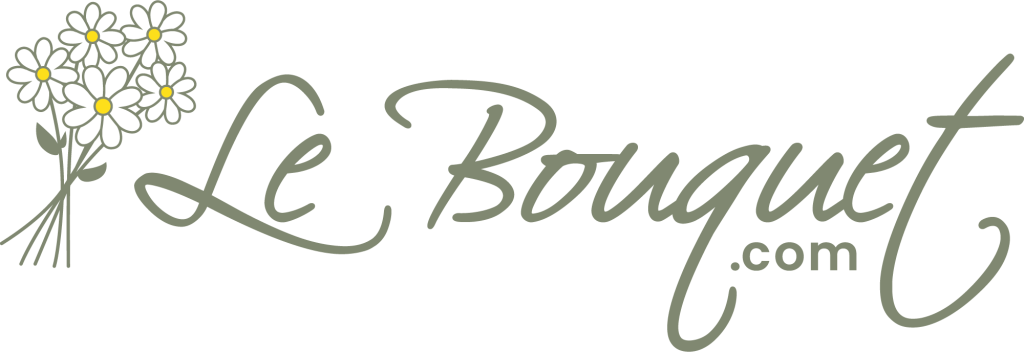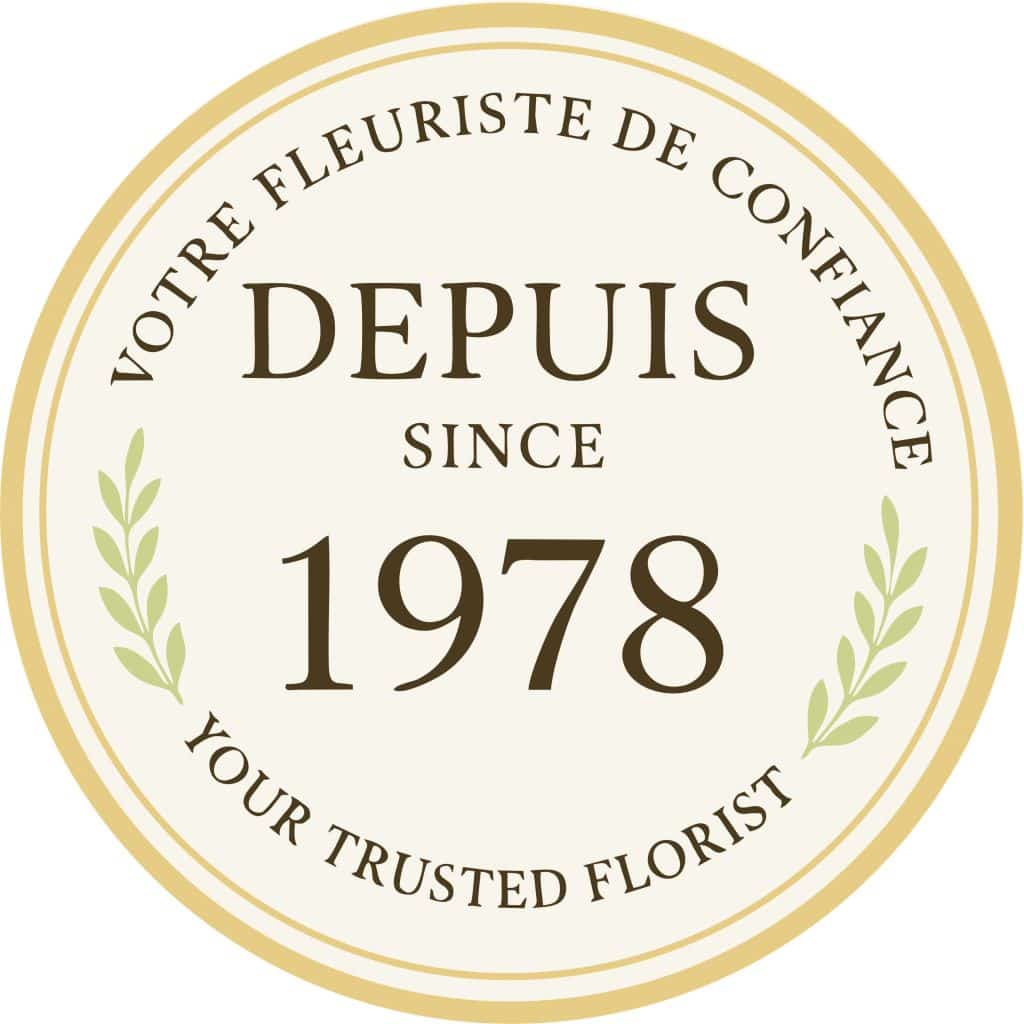Flowers vs. Words – How To Choose A Bouquet With Meaning
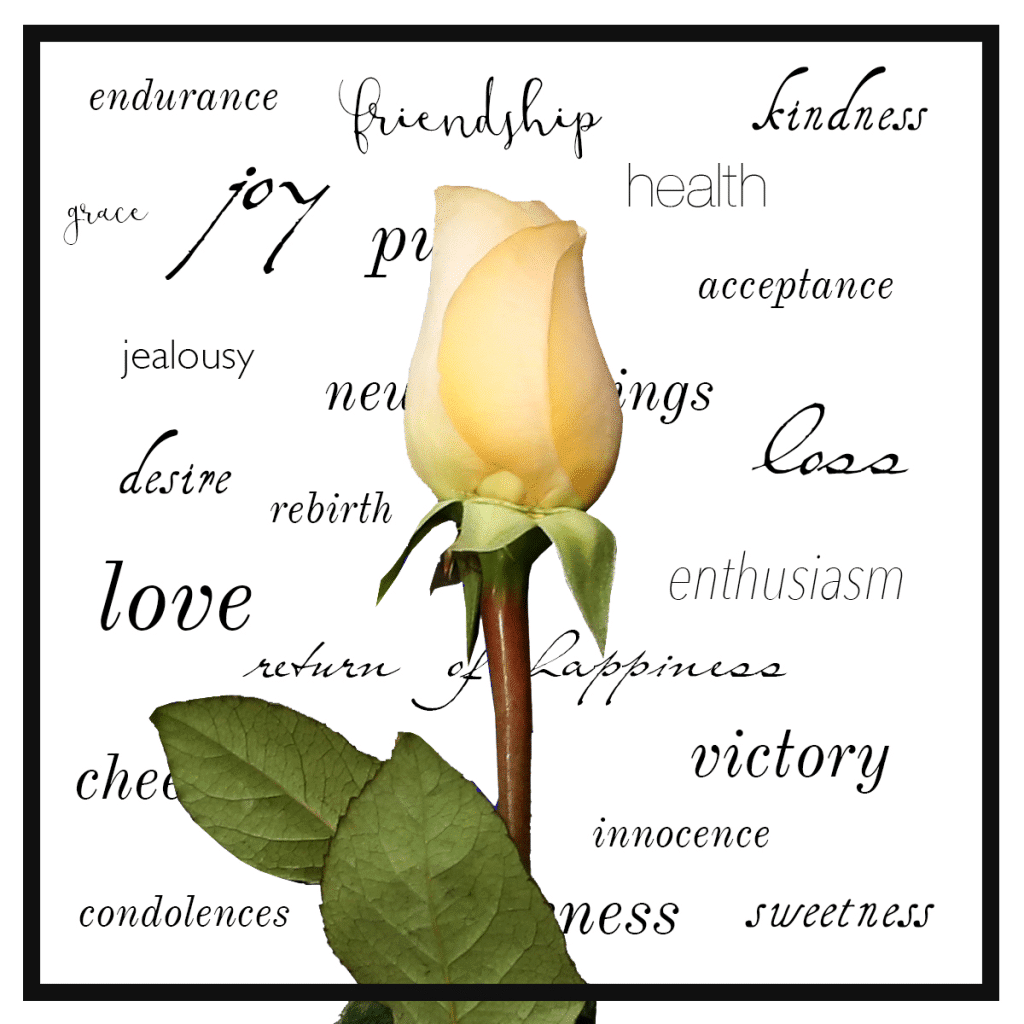
Flowers vs. Words – How To Choose A Bouquet With Meaning
For centuries, flowers have been used to communicate feelings and ideas that, quite simply, words just can’t. Depending on the country and time period, a single flower can have totally different meanings. Let’s use the example of yellow roses.
Modern-day North American meaning = friendship.
Victorian-era meaning = time to break off our courtship.
“So how do I choose the right flowers?”
There are a couple ways.
1. Use a list of flower meanings to choose
the flowers specific to your message.
There are lists galore (see below in the links section). You’ll likely find meanings which contradict each other so that’s something to keep in mind, but you’ll find many lists contain the same information. And chances are, the person receiving the bouquet won’t be familiar with all the different meanings, specifically. That can make for a beautiful moment if you decide to write down on a card the names of the flowers you chose and the meanings you found and connected with. Here’s an example:
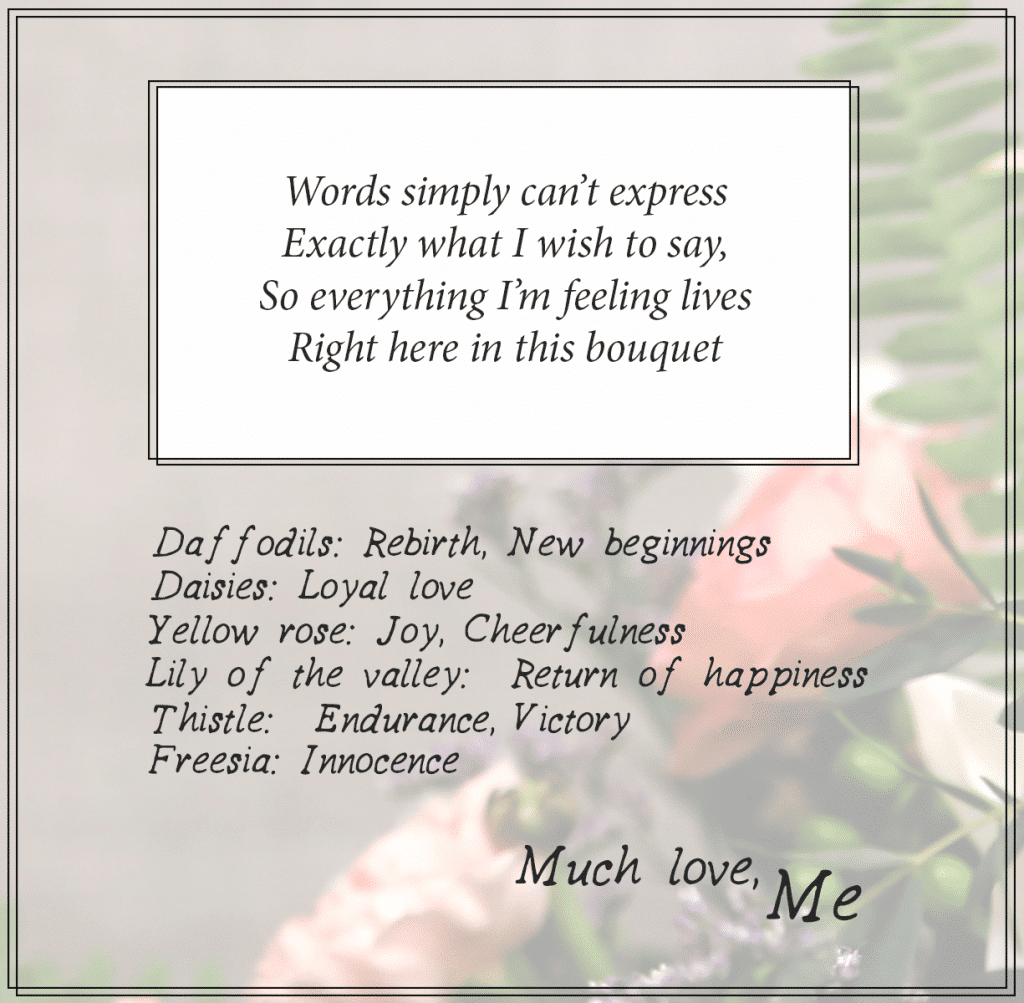
If this idea seems like a good one, here are three different versions you can download free. Just click on the one(s) you want, then right-click ‘save image as…’
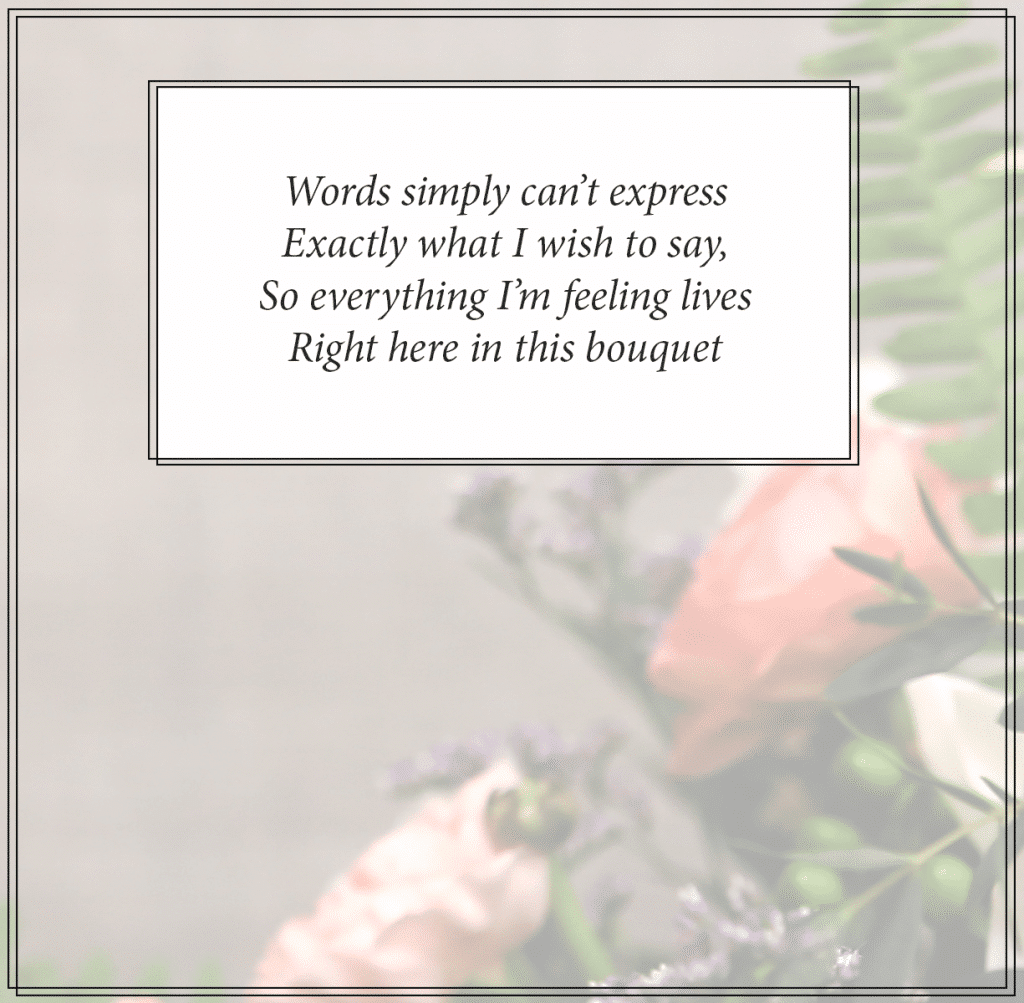
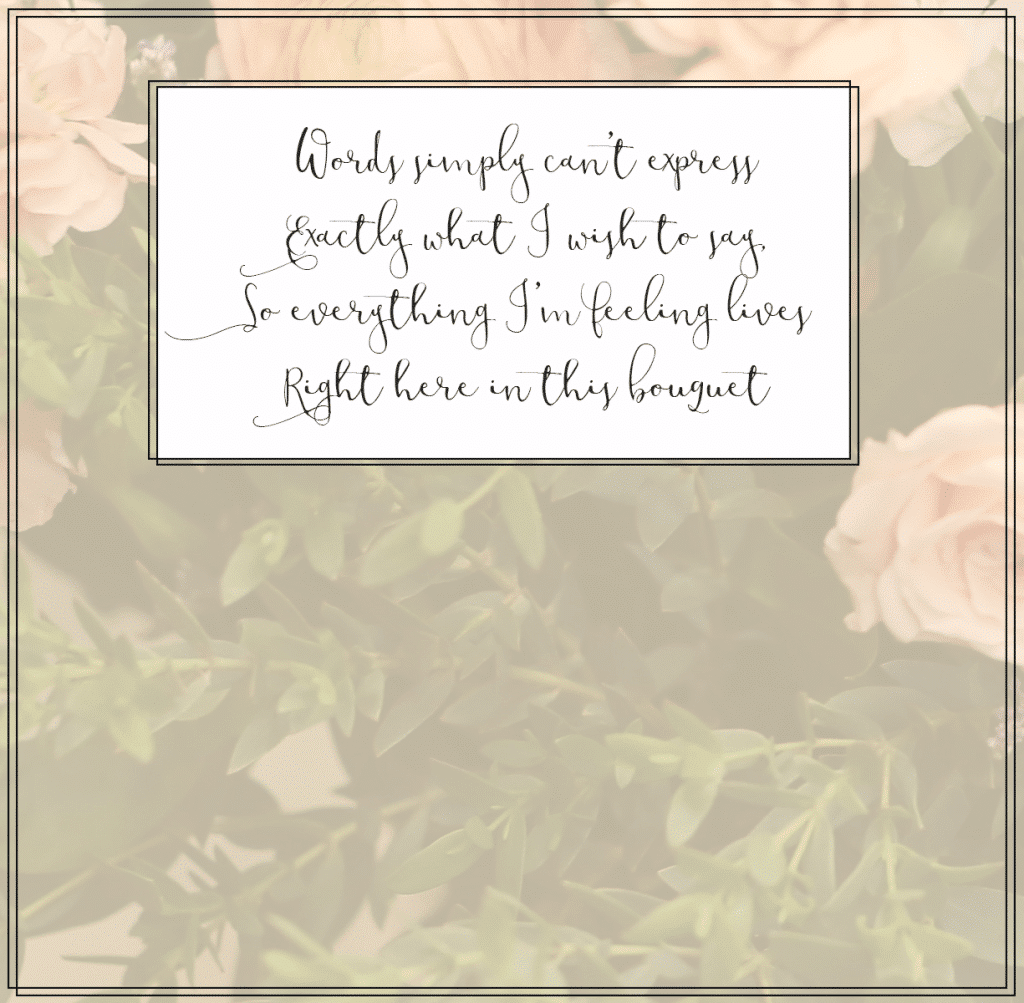
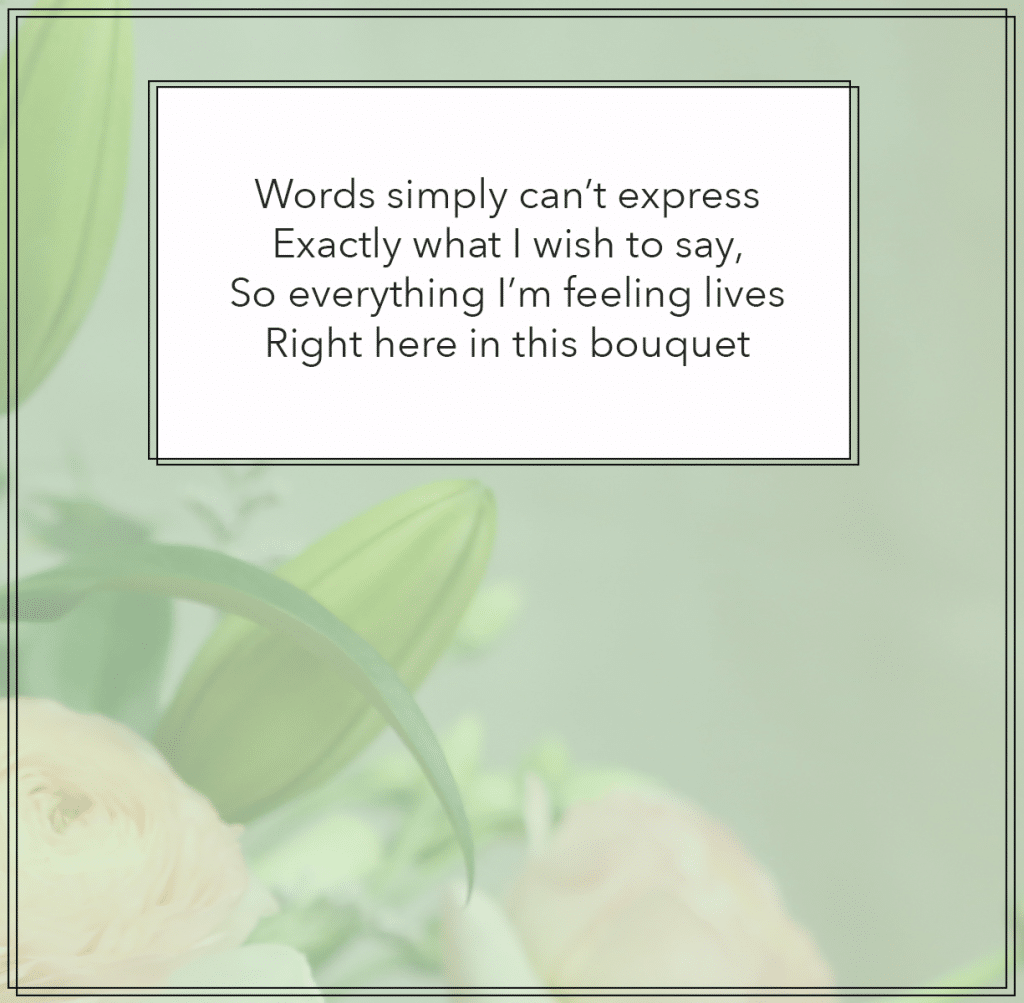
2. Throw the list out the window and create your own
meaningful bouquet based on feeling.
Maybe that doesn’t seem like helpful advice, but think about this for a second. Have you ever seen a picture of something – say a city you’ve never been to – and known in a split second whether or not you wanted to pay that city a visit? Maybe you don’t have words to describe how the image makes you feel, but you know generally if you like what you’re looking at or not. Using your intuition to pick the right flowers can be a fun, meaningful technique, and also a wonderful chance to connect with your intuition. Do you like the look of red roses? How about sunflowers?
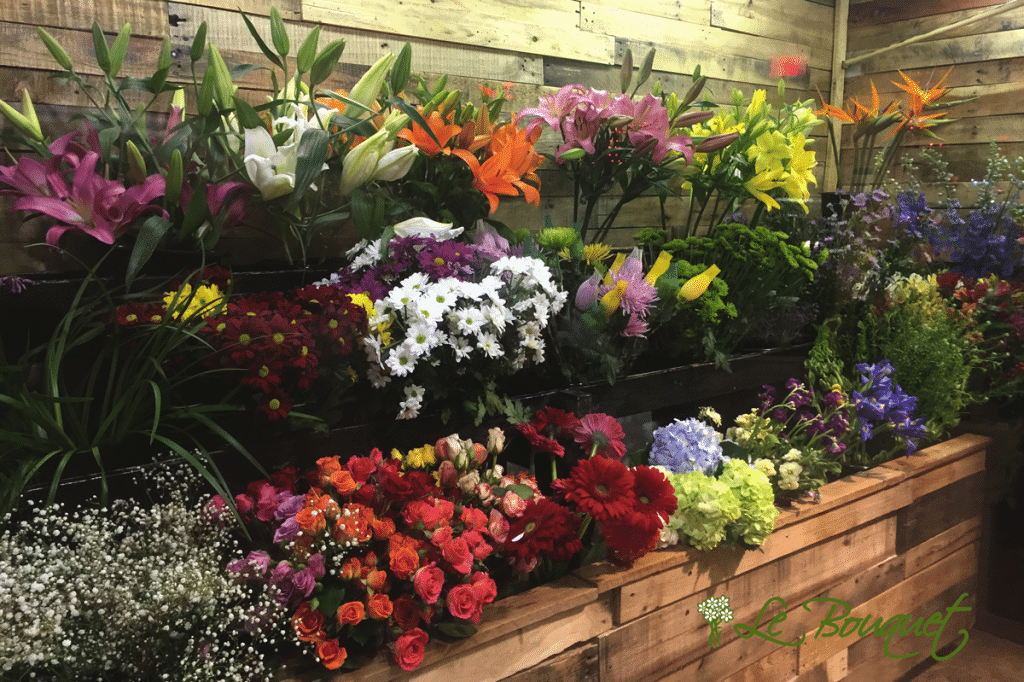
If you’re choosing flowers for a hand-tied bouquet (most common type, usually wrapped in paper or celophane), then we suggest this rule for assembly:
3-6 statement flowers (something with a big flower like a rose, gerber, or lily, etc.)
3-6 filler flowers (like wax flower, double stock, lisianthus, etc.)
2 types of greens (babies breath, big leaves, etc.)
Starting from the center and working your way around, alternate big flowers, greens, and filler flowers. Leave bigger leaf greens for the outside to help support the bouquet. If you’d like to see an example, click here.
Now you have two ways to make your bouquet extra special.

LINKS TO FLOWER MEANINGS:
The old Farmer’s Alamanac
About Flowers
The Flower Expert
Wikipedia
